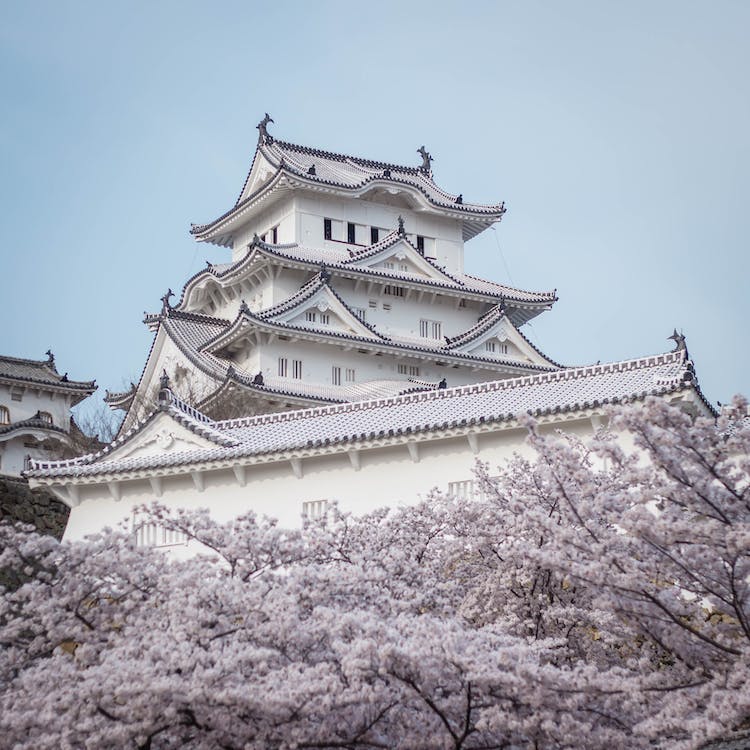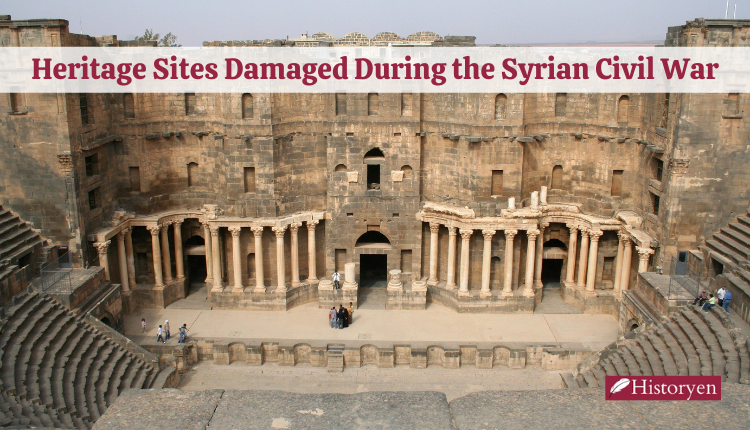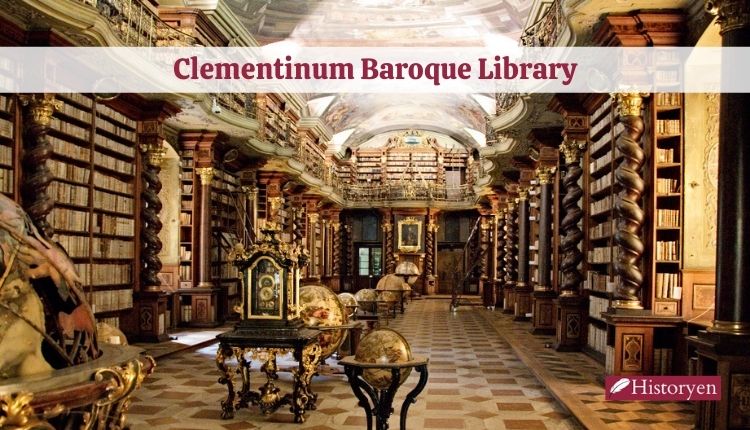Introduction to Himeji Castle

Have you ever dreamed of stepping into a real-life fairytale? Look no further than Himeji Castle, a mesmerizing fortress that embodies the essence of Japan’s rich history and architectural brilliance. Situated in Himeji City, Hyogo Prefecture, Himeji Castle stands tall as a symbol of power, beauty, and resilience. With its awe-inspiring presence and intricate design, this national treasure has captivated the hearts of visitors from around the world. Let’s embark on a journey to explore the grandeur and cultural significance of Himeji Castle.
Historical Background of Himeji Castle

Himeji Castle has a rich and storied history that spans over six centuries. Its origins can be traced back to 1333 when a fortification called Himeyama Castle was constructed on the site. However, the castle we see today is the result of extensive expansions and renovations carried out by various feudal lords throughout history.
One of the pivotal figures in Himeji Castle’s history was Hideyoshi Toyotomi, a powerful warlord who sought to unify Japan during the late 16th century. In 1580, Hideyoshi took control of Himeyama Castle and initiated an ambitious reconstruction project to transform it into a magnificent castle befitting his status.
Under the guidance of renowned castle architect Nakamura Genbei, the castle underwent extensive renovations and expansions over the course of several years. The fortifications were strengthened, and additional structures, such as towers and walls, were added to enhance its defensive capabilities.
The castle’s significance grew even further during the early 17th century when the ruling Ikeda clan took possession of Himeji Castle. They made significant contributions to its architectural design and further expanded the castle complex. The castle’s elegant white appearance, which earned it the nickname “White Heron Castle” due to its resemblance to a graceful bird in flight, is attributed to the Ikeda clan’s efforts.
Throughout its history, Himeji Castle faced various challenges, including natural disasters and conflicts. However, it miraculously survived earthquakes, fires, and even World War II bombings, emerging as a symbol of resilience and endurance.
In 1931, Himeji Castle was designated as a national treasure by the Japanese government, recognizing its immense historical and cultural value. In 1993, it achieved global recognition when it was inscribed as a UNESCO World Heritage Site, cementing its status as an iconic symbol of Japan’s architectural heritage.
Today, Himeji Castle stands as a testament to the country’s feudal era, offering visitors a glimpse into the rich history and architectural brilliance of ancient Japan. Its pristine white facade, intricate wooden interiors, and strategic defensive structures continue to captivate and inspire visitors from around the world.
Architecture and Design of Himeji Castle

The architecture and design of Himeji Castle are nothing short of awe-inspiring. Its intricate construction and strategic layout make it a masterpiece of Japanese castle architecture. Let’s delve into the fascinating details of Himeji Castle’s design.
The castle consists of a complex network of buildings, walls, gates, and defensive features spread over a vast area. Its main keep, known as Himeyama, rises prominently at the center, commanding attention with its elegant and imposing presence.
One of the remarkable aspects of Himeji Castle’s design is its strategic placement atop Himeyama Hill. This elevated position provided a natural advantage, allowing the castle’s defenders to have a clear view of the surrounding area, including any approaching enemies.
The defensive features of Himeji Castle are meticulously planned and executed. Its multiple layers of walls, gates, and moats formed an intricate system of protection. The castle’s walls were constructed with a combination of large stones and wooden framework, providing strength and stability. The arrangement of gates and checkpoints ensured that any potential intruders would face a series of obstacles and bottlenecks, making it difficult for them to advance.
The main keep of Himeji Castle is a five-story structure, adorned with intricate architectural details. Its sloping roofs, curved eaves, and ornamental elements reflect the sophisticated craftsmanship of the time. The castle’s white plastered walls, made from a mixture of lime, shell powder, and white clay, give it a distinctive and striking appearance.
Stepping inside the castle reveals a labyrinthine layout designed to confuse and deter intruders. The interiors feature a series of corridors, staircases, and chambers, each serving a specific function. The castle’s strategic design allowed defenders to maneuver quickly and efficiently while offering limited visibility to potential attackers.
Himeji Castle’s architectural style is characterized by a harmonious blend of military functionality and aesthetic beauty. Its elegant curves, intricate woodwork, and careful attention to detail showcase the mastery of Japanese castle architecture during the feudal period.
Over the centuries, Himeji Castle has undergone numerous renovations and restorations to maintain its structural integrity. However, the original design and architectural elements have been faithfully preserved, allowing visitors to experience the grandeur and splendor of this remarkable historical monument.
Today, Himeji Castle stands as a testament to the ingenuity and craftsmanship of ancient Japan. Its architectural brilliance and strategic design continue to captivate visitors, offering a glimpse into the rich history and cultural heritage of the country.
Himeji Castle as a UNESCO World Heritage Site

In 1993, Himeji Castle was bestowed with the prestigious honor of being designated as a UNESCO World Heritage Site. This recognition was a testament to the castle’s exceptional universal value and its significance in the realms of history, architecture, and culture. Let’s explore the reasons behind Himeji Castle’s inclusion on the esteemed list.
Himeji Castle’s historical importance cannot be overstated. It played a pivotal role in the tumultuous periods of feudal Japan, witnessing significant events and serving as a center of power for various feudal lords. Its architectural and structural integrity have been exceptionally preserved, providing valuable insights into the military strategies and defensive systems of the time.
The castle’s architectural brilliance is a key factor in its UNESCO recognition. Himeji Castle exemplifies the finest examples of Japanese castle architecture, showcasing the innovative design and engineering expertise of ancient Japan. Its intricate system of defensive walls, gates, and towers, along with its elegant aesthetic features, have made it an iconic symbol of Japan’s architectural heritage.
Himeji Castle’s cultural significance also contributed to its UNESCO designation. As a testament to the craftsmanship and dedication of Japanese artisans, the castle stands as a tangible representation of the country’s rich cultural heritage. Its design seamlessly integrates natural elements and landscapes, creating a harmonious blend between human-made structures and the surrounding environment.
Furthermore, Himeji Castle’s preservation efforts played a crucial role in its UNESCO recognition. The castle has undergone meticulous restoration and conservation projects to maintain its original form and ensure its long-term survival. These efforts have not only preserved the castle’s physical structure but also safeguarded its historical and cultural significance for future generations.
As a UNESCO World Heritage Site, Himeji Castle enjoys international recognition and protection. It serves as a symbol of Japan’s cultural identity and heritage, attracting visitors from around the globe who come to appreciate its architectural splendor and historical importance. The designation also highlights the importance of preserving and conserving cultural landmarks for the benefit of humanity.
Himeji Castle’s inclusion on the UNESCO World Heritage List has elevated its status as a global cultural icon. It stands as a testament to the enduring legacy of Japan’s feudal era, providing a tangible connection to the country’s rich history and architectural achievements. Today, Himeji Castle continues to inspire awe and admiration as a cherished UNESCO World Heritage Site.
Himeji Castle’s Cultural Significance

Beyond its architectural splendor, Himeji Castle holds immense cultural significance in Japanese history. It is a testament to the country’s ancient craftsmanship and the dedication of its artisans. The castle’s design seamlessly integrates natural elements, such as the surrounding cherry blossom trees and the breathtaking views of Mount Shosha, creating a harmonious and visually captivating experience.
Himeji Castle has inspired various forms of artistic expression, including literature, paintings, films, and even video games. Its iconic silhouette and romanticized image have been captured in countless artworks, serving as a muse for artists and a backdrop for storytelling. The castle’s cultural significance extends beyond its physical presence, permeating through various artistic mediums.
Himeji Castle’s cultural significance as a testament to architectural brilliance, a repository of historical narratives, and a symbol of Japanese heritage makes it a cherished and celebrated landmark. Its preservation and recognition as a UNESCO World Heritage Site ensure that its cultural legacy endures for generations to come.
Himeji Castle has been associated with various historical events and legends that have become part of Japan’s cultural fabric. Stories of samurai battles, feudal rivalries, and tales of bravery are intertwined with the castle’s history. These legends add to its allure and captivate the imagination of visitors, fostering a deeper appreciation for Japan’s historical narratives.
Himeji Castle Festivals and Events

Immerse yourself in the vibrant traditions and celebrations that take place at Himeji Castle. Throughout the year, the castle becomes a hub of cultural festivals and events, where visitors can witness traditional performances, partake in tea ceremonies, and experience the dynamic atmosphere of Japanese customs and rituals.
1. Himeji Castle Cherry Blossom Festival: One of the most anticipated events at Himeji Castle is the Cherry Blossom Festival, held during spring when the castle grounds are adorned with breathtaking cherry blossoms. Visitors flock to the castle to witness the picturesque scenery and enjoy hanami (flower-viewing) picnics under the blooming cherry trees. The festival often features traditional music and dance performances, food stalls, and cultural exhibitions.
2. Himeji Castle Autumn Festival: The Himeji Castle Autumn Festival celebrates the vibrant colors of autumn and the changing foliage surrounding the castle. The event showcases various cultural performances, including traditional music, dance, and theatrical shows. Visitors can also experience local arts and crafts exhibitions, try traditional cuisine, and participate in festive activities.
3. Himeji Castle Illumination: During the winter season, Himeji Castle is adorned with dazzling illuminations, creating a magical and enchanting atmosphere. The castle’s white walls are illuminated with colorful lights, casting a spectacular glow over the surrounding grounds. Visitors can enjoy strolling through the illuminated pathways, capturing stunning photographs, and experiencing the unique ambiance of the castle at night.
4. Himeji Castle Samurai Festival: The Himeji Castle Samurai Festival transports visitors back to the feudal era, offering a glimpse into the life and traditions of samurai warriors. The festival features captivating samurai reenactments, martial arts demonstrations, traditional music performances, and historical parades. Visitors can witness the samurai spirit come to life through various displays and participate in hands-on activities, such as trying on samurai armor or practicing swordsmanship.
5. Himeji Yukata Festival: The Himeji Yukata Festival celebrates Japanese summer traditions and the vibrant summer kimono known as yukata. During the festival, visitors and locals dress in colorful yukata and gather around Himeji Castle. The event showcases lively parades, traditional music and dance performances, street food vendors, and fireworks displays. It’s a delightful celebration of summer and Japanese cultural attire.
6. Himeji Castle New Year’s Celebrations: Himeji Castle welcomes the New Year with special festivities, attracting locals and tourists alike. The castle grounds are adorned with decorations, and visitors can participate in traditional New Year’s rituals such as writing wishes on ema (wooden plaques) and offering prayers at the shrine within the castle complex. The celebrations often include cultural performances, taiko drumming, and ceremonial events.
These festivals and events held at Himeji Castle offer visitors a chance to immerse themselves in the rich cultural traditions of Japan. The castle becomes a hub of cultural exchange, celebration, and appreciation of local customs, providing memorable experiences for all who attend.
Himeji Castle in Popular Culture

Himeji Castle’s iconic beauty and historical significance have made it a prominent feature in popular culture. Its grandeur and architectural splendor have captured the imagination of artists, writers, filmmakers, and even video game developers. Let’s explore how Himeji Castle has been depicted and referenced in various forms of popular culture.
1. Films and Television: Himeji Castle has served as a stunning backdrop for numerous films and television shows set in the samurai era. Its majestic appearance and well-preserved architecture make it an ideal location for period dramas and historical epics. Notable films featuring Himeji Castle include “The Last Samurai” (2003) and “Kagemusha” (1980), directed by renowned filmmaker Akira Kurosawa.
2. Literature and Art: Himeji Castle has inspired numerous works of literature and art. It has been depicted in traditional ukiyo-e woodblock prints, capturing its elegant silhouette and surrounding landscapes. Additionally, authors have often referenced Himeji Castle in their works of historical fiction and poetry, showcasing its significance as a cultural symbol and a representation of feudal Japan.
3. Video Games: Himeji Castle has been featured in various video games, both as a visual backdrop and as a playable location. Games set in feudal Japan, such as the “Samurai Warriors” and “Nioh” series, often include Himeji Castle as a stage or level. Its architectural intricacies and historical context make it an ideal setting for virtual recreations of the samurai era.
4. Cultural Events and Performances: Himeji Castle occasionally serves as a venue for cultural events and performances. Traditional music concerts, dance recitals, and theatrical shows are organized within the castle grounds, offering visitors a chance to experience Japan’s artistic traditions amidst the castle’s historical ambiance. These events provide a unique fusion of cultural heritage and entertainment.
5. Tourism and Souvenirs: Himeji Castle’s popularity and recognition in popular culture have contributed to its status as a major tourist attraction. Visitors from around the world seek to explore the castle and its surrounding areas. As a result, the local economy has flourished, with souvenir shops offering a range of Himeji Castle-themed merchandise, including postcards, keychains, replicas, and traditional crafts.
Himeji Castle’s enduring presence in popular culture reflects its status as a symbol of Japan’s feudal era and architectural excellence. Its appearance in films, literature, video games, and other forms of media ensures that its cultural significance continues to captivate and inspire audiences across the globe.
Conclusion
Himeji Castle stands as a testament to the indomitable spirit and architectural brilliance of ancient Japan. Its majestic presence, rich history, and cultural significance make it an unparalleled destination for history enthusiasts, architecture lovers, and curious travelers. A visit to Himeji Castle is a journey back in time, where you can immerse yourself in the legacy of a bygone era and experience the magic of Japan’s architectural and cultural heritage.



